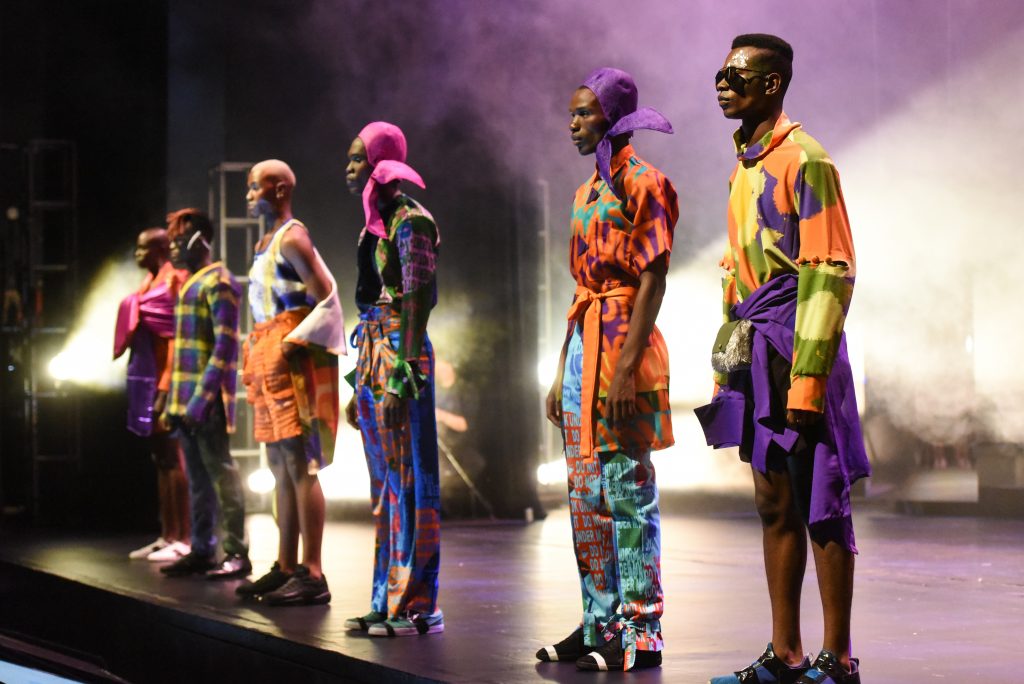Interview: Fabriano Fabbri
The Italian professor takes a phenomenological approach to contemporary fashion in his bilingual book


If we exclude photographic books and classic essays, it’s difficult to find a truly interesting publication about fashion. This is not the case with “L’orizzonte degli Eventi,” or “The Event Horizon,” recently written by professor Fabriano Fabbri and published (in Italian and English) by Atlante. As the subtitle suggests, the book analyzes “fashion styles from the ’60s to today” and in the process the author succeeds in creating a new language for describing clothing, accessories and the related cultural phenomena. Some words are so common in fashion studies that they’ve become obvious and obsolete—minimalism, pop, baroque are all missing in this book, or they’re treated in an irreverent way and used to create neologisms.
In Fabbri’s eyes, fashion is nothing but “a pure concentration of fantasy that speaks of our relationship with reality” and “a curious and beneficial voracious black hole.” In order to observe fashion from an alternative yet credible point of view, he chose to consider designers exactly as artists, as creatives in the purest meaning. In this approach, fashion designers are divided in two almost epic groups: If the first group seeks Beauty—through harmony, proportions, elegance; the second is in search for the Beast—namely asymmetries, imperfection, imbalance.
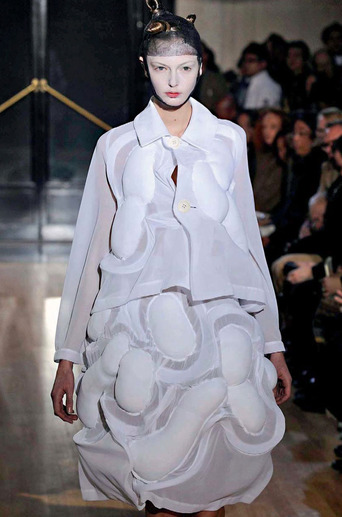
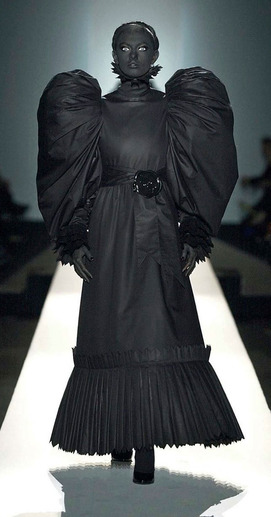
The impressive result is the ability to read fashion beyond seasonal trends. By focusing on the raw substance of styles rather than the commercial side, Fabbri shows the real relationship between clothing and contemporary culture.
Fabriano Fabbri was kind enough to answer some questions for us.
Why did you choose this title for a book about the recent history of fashion?
The “event horizon” is the boundary of a black hole; an astrophysics phenomenon in which matter becomes incredibly dense and concentrated. To me it works pretty well to track down the density of fashion as a cultural field in which you can find references to any type of nowadays aesthetic expressions. Starting from fashion as a concentrated cultural object, you can actually identify uncountable connections to movies, philosophy, industrial design, video games and art.
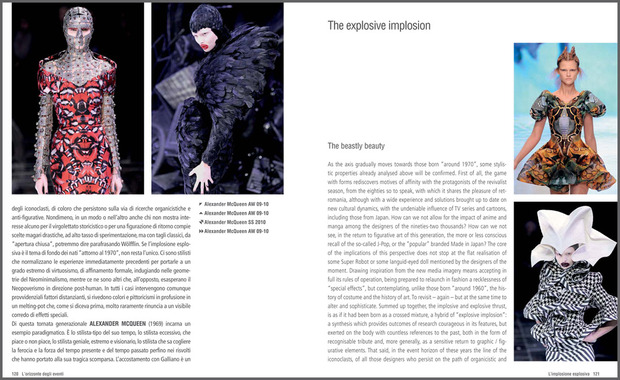
This book is so strong and passionate that it feels like it was born from a true necessity. Which one?
I’ve led a Second Level Fashion Degree at the University of Bologna for years. For my didactical purpose, I couldn’t find any book based on phenomenological approach to fashion—a discipline which is mainly taught through history or sociology. So I wrote the missing book myself. My main eduction and my main subject has always been contemporary art. Why not use the interpretational categories of contemporary art for fashion as well? These two worlds work, adapt and interact perfectly.

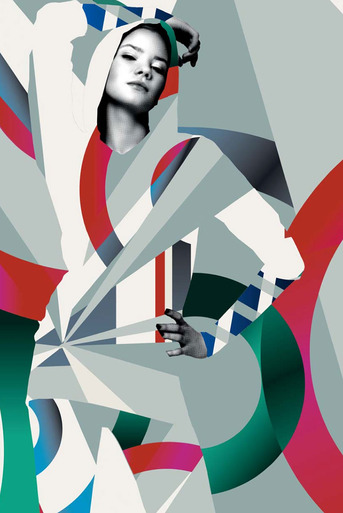
You talk about the “big ones” of fashion, but you also give space to the forgotten ones and to emerging designers. Would you suggest some new names that are defining new paths for fashion?
We have to specify what we consider to be a “new path.” Since I’m deeply convinced of rebounding generational schemes, I cannot really say that designers ever produce anything brand new. For example, all those who are born “around” the even decades (1940, 1960, 1980) tend to be very experimental and brutal, on the other hand those who are born “around” the odd decades (1930, 1950, 1970) demonstrate a closer relationship to the history of fashion and to the past in general.


Take Alexander McQueen, born “around 1970” (precisely in 1969)—he is a great experimenter for sure, although his works are always deeply linked to the history of culture. Vice versa, Boris Bidjan Saberi—whom I consider to be one of the most talented designers together with Issei Fujita of Lumen et Umbra—is born “around 1980,” in 1978—the same year as Fujita himself. These are the setters of a new path, yet there’s indeed nothing totally new in their clothing. They normalize and diffuse the fashion of Yohji Yamamoto, Rei Kawakubo, and then Rick Owens, and Carol Christian Poell. In Italy, I’d name Fausto Puglisi, Leitmotiv, Guidi, A1923, Poème Bohémien, Cinzia Araia and a few others.
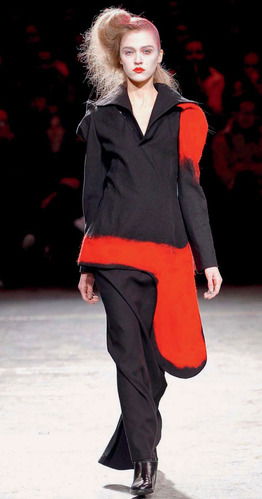
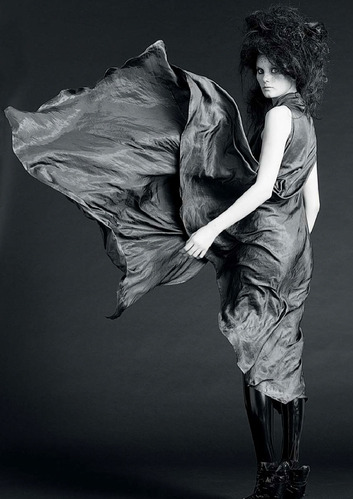
You have been able to define a new language to talk about fashion—taking inspiration from comics, music, science and, of course, history of the arts. Can language be the right instrument to define a fashion for the future?
As a matter of didactical instrument, there’s no other mean out of language. Sophisticated, even philosophical, but always understandable. Unfortunately, in too many cases and for too many years fashion has undergone superficial and gossiping approaches. It is necessary to give back to fashion its real value, to analyze its products, exactly as you could approach a novel or a piece of art. So language matters. My personal treatment on language draws inspiration from high and low culture, that corresponds to the way I’d like students to deal with aesthetic phenomena as a whole.
“L’orizzonte degli Eventi” is now available from Amazon for $40.
Images courtesy of the publisher
